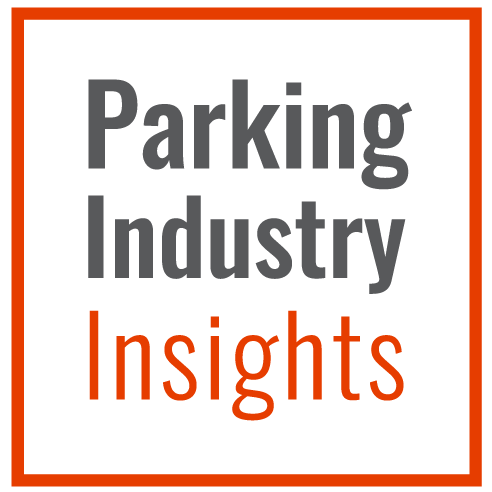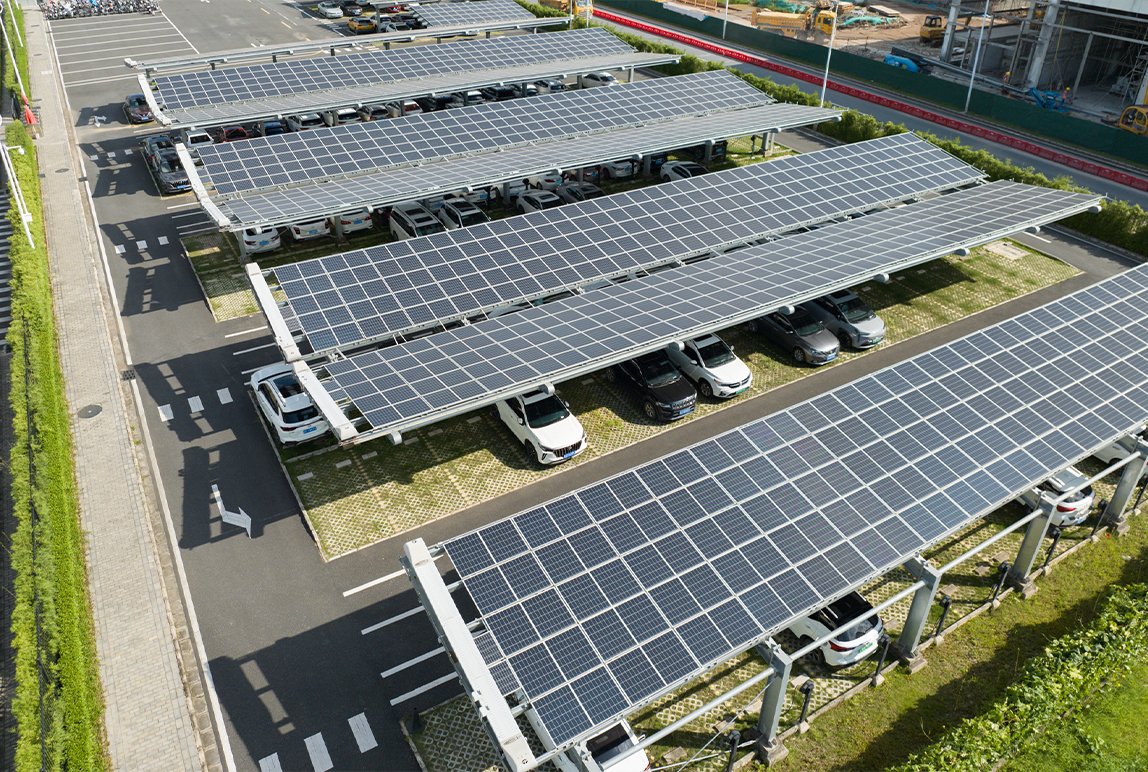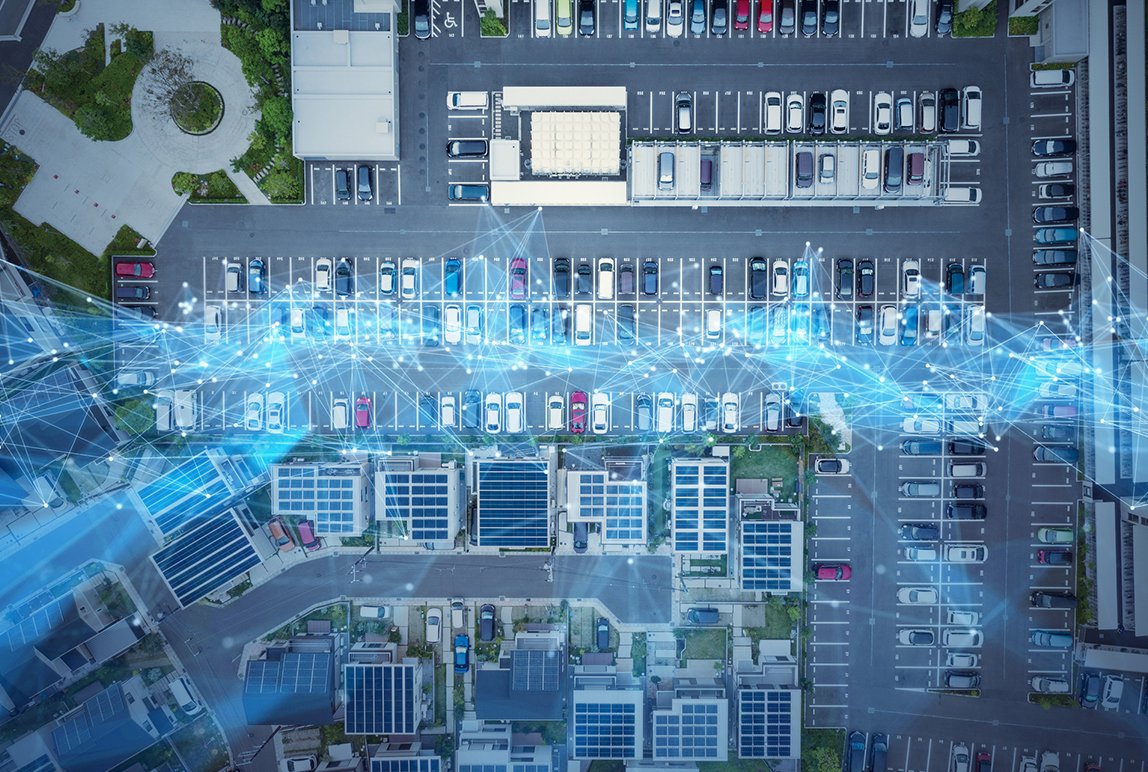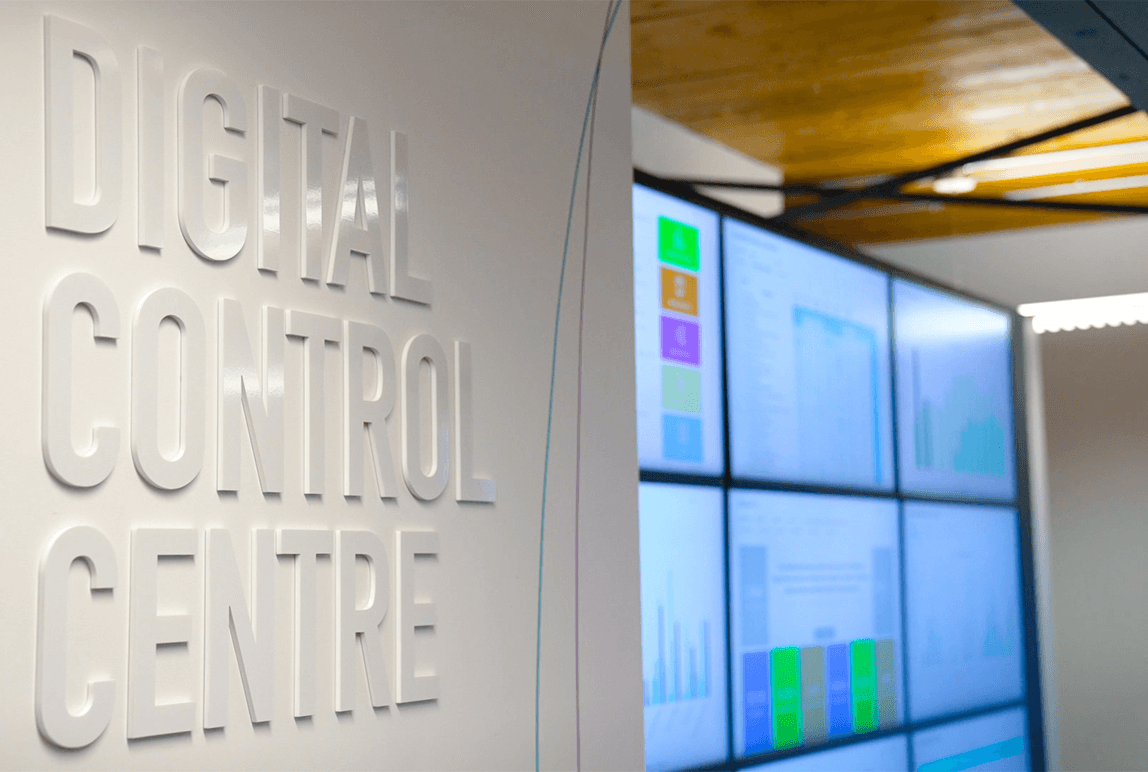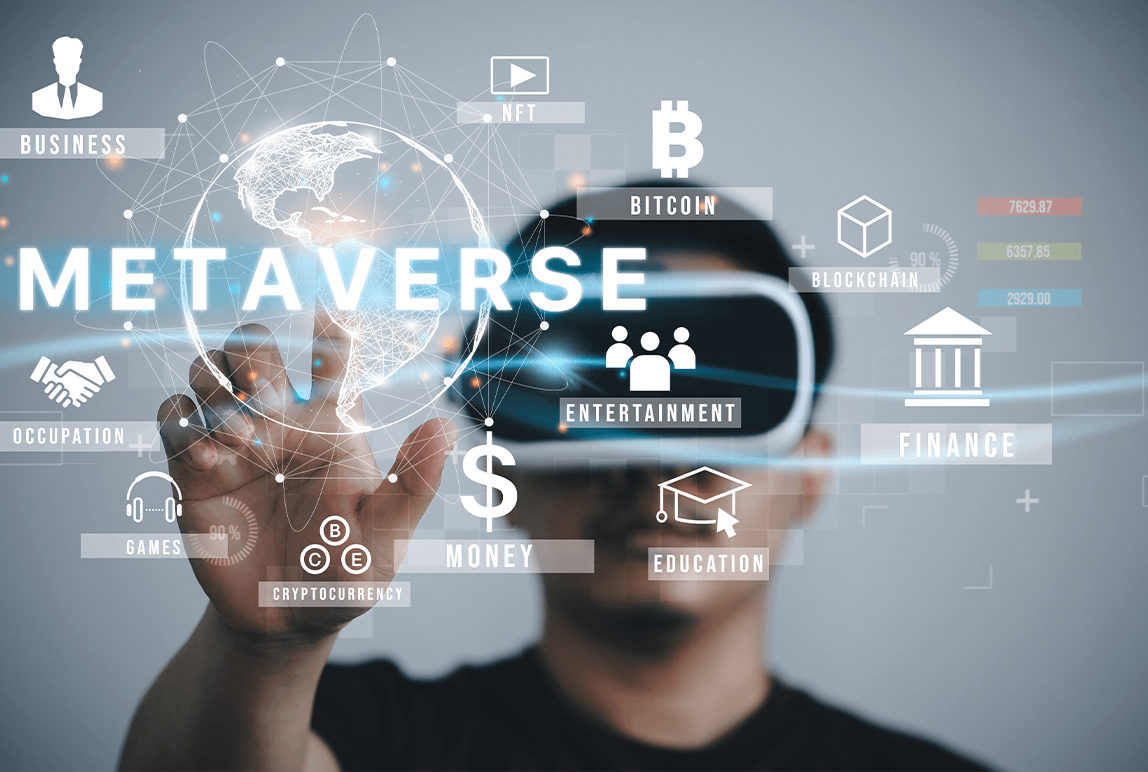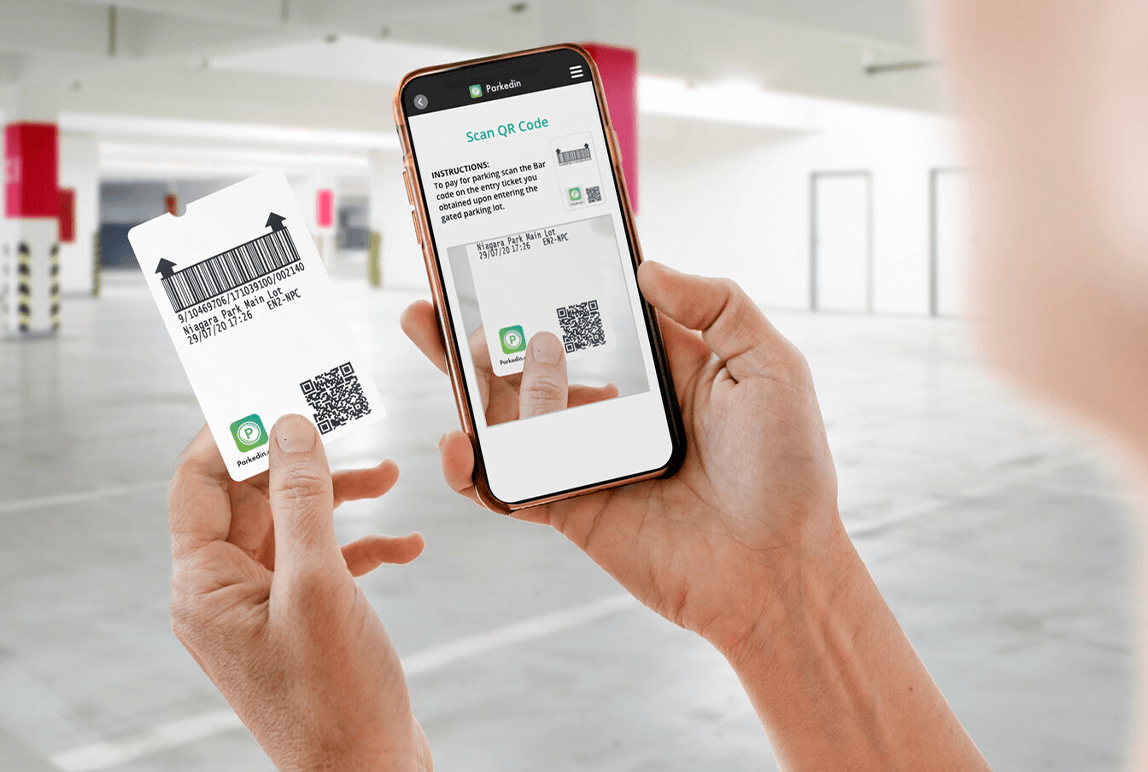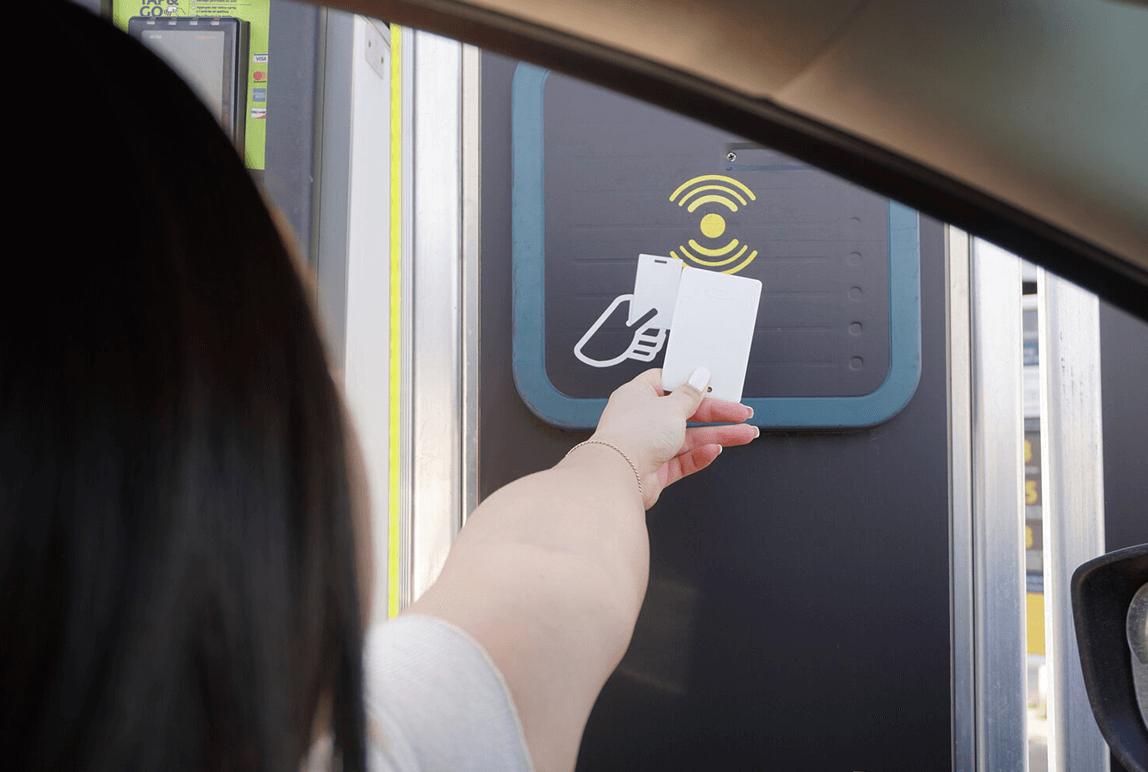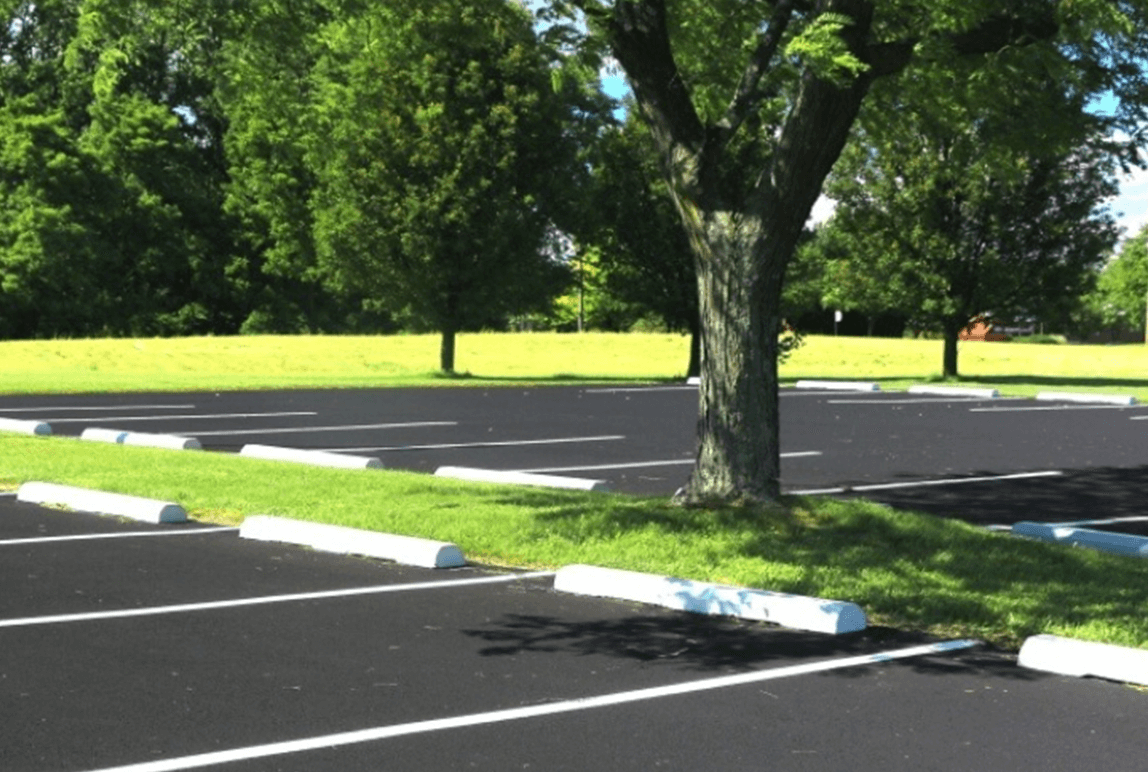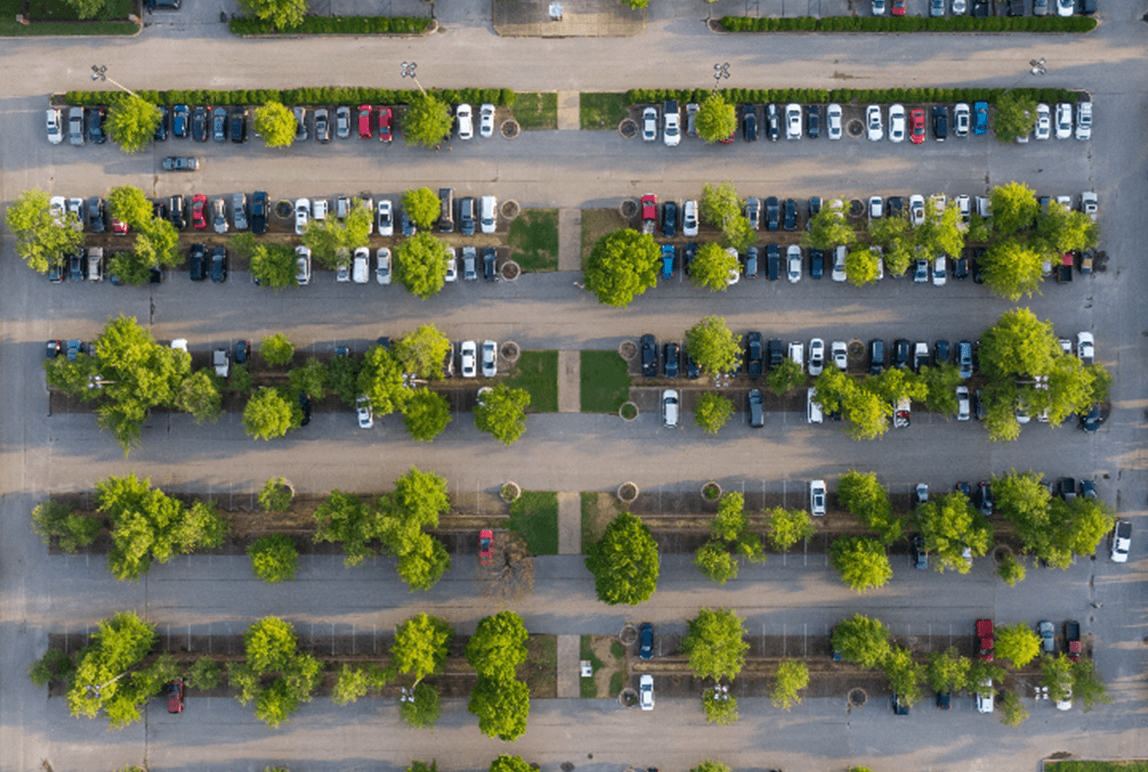Enforcement Technology: Automatic License Plate Recognition
Posted: Nov, 20, 2020 2:41PM ET • 3 min read
Automatic license plate recognition (ALPR) is a technology that uses cameras and optical character recognition (OCR) software to capture and interpret vehicles’ license plates. The images and resulting data are stored in a database for analysis, whether for traffic law enforcement in the technology’s earliest days, or more recently, to collect tolls, track stays, and enforce parking rules.
In its application in parking facilities, ALPR technology can be deployed to manage both access to facilities — as in ticketless parking and frictionless parking — and enforcement within them.
The system’s ability to record and store both the license plate and an image of a portion of the vehicle in context has reduced the number of disputed violation notices. By also adding vehicle location data functionality, modern ALPR systems can help accurately manage stall-specific pricing and permit entitlements.
With the introduction of ALPR within the realm of enforcement technology, patrol officers are no longer required to check each license plate manually against a database of authorized parkers, take into account any special rules that might be associated with a permit type, or photograph each infraction for future reference in case the violation notice is disputed. Modern ALPR-enabled enforcement systems automate all of the processes, producing an audible tone when a license plate has been captured that doesn’t have rights or permissions to be in the lot.
Some parking facilities will continue to opt for in-person enforcement patrols because their visible nature can be reassuring to security-conscious customers. Nevertheless, they can still leverage ALPR technology through handheld devices by photographing each license plate with the enforcement software checking in real time whether that vehicle is authorized to park, and with vehicle location data, electronically “chalking” the vehicle to monitor its movements through the facility.
In facilities where a visible security presence is less of a concern, ALPR cameras can be fitted to vehicles that will patrol the aisles and scan parked vehicles’ license plates, automatically generating a violation notice for the operator to issue. To save on overhead costs, some parking operators may choose to mount fixed cameras throughout the facility to enforce more passively. This may include sending notification to enforcement personnel if payment hasn’t been received within an allotted of time post-entry or issuing violations via a post-billing method.
Because ALPR technology works automatically and in real time, it is especially useful in facilities where customers have a number of payment options all similarly shared to the cloud. Whereas many traditional lots offer only pay-and-display meters, modern facilities leverage vehicles’ license plates as parking credentials to offer not only pay-by-plate through a meter but online payments via mobile apps or customers’ smart devices. With all of these payment solutions being processed and uploaded to the cloud in real time, an ALPR system is able to enforce your lot effectively and accurately regardless of the customer’s payment method.
Whether you use ALPR technology to increase the efficiency of your enforcement patrols or decrease the overhead costs associated with them, your parking facility will benefit greatly by improving compliance. More timely and accurate enforcement of your facility will act as a deterrent to unpaid parking, thereby either increasing turnover to make space available for a new parking session to begin or generating revenue through increased compliance or violation notices.
In addition to each facility maintaining its own database of parkers to track habitually delinquent parkers, large property owners that manage several facilities can share data between them, and some systems are able to interface with law enforcement databases to monitor and trigger alerts for vehicles of interest.
Parking operators should also consider investing in ALPR systems to help them make smarter decisions about how to manage their parking facility. Once you have a good understanding of where, when, for how long, and how frequently people are parking in your facility, it becomes not only easier to plan your enforcement routes and schedules, but to make better choices about infrastructure investment to plan what areas need more stalls and how to manage your parking while that work is being done.
Share Article:
ABOUT THE AUTHOR
John Ivo
Director of Production & Support Services
As director for Precise ParkLink’s production and support services, John is responsible for setting and enforcing the policies and procedures that ensure all equipment is built to clients’ specifications and supported according to factory recommendations. This means he takes the time to understand his clients’ requirements, coordinates with management to oversee the preparation of production proposals, and works with the production team to monitor and optimize workflow to ensure on-time delivery. When John joined Precise ParkLink in 2013, he brought with him over two decades of engineering, logistics, and project management experience. Early in his professional career, after studying mechanical engineering technology and design, John worked for S&C Electric’s development team, designing high-voltage switches for major clients like municipalities and utilities, including Toronto Hydro. Today, he applies his expertise in engineering theory and practice in a management role, overseeing a team of over 65 employees who are involved in all aspects of the production and service process.
Questions?
Fill out the form below and we will do our best to connect you with a suitable contact.
